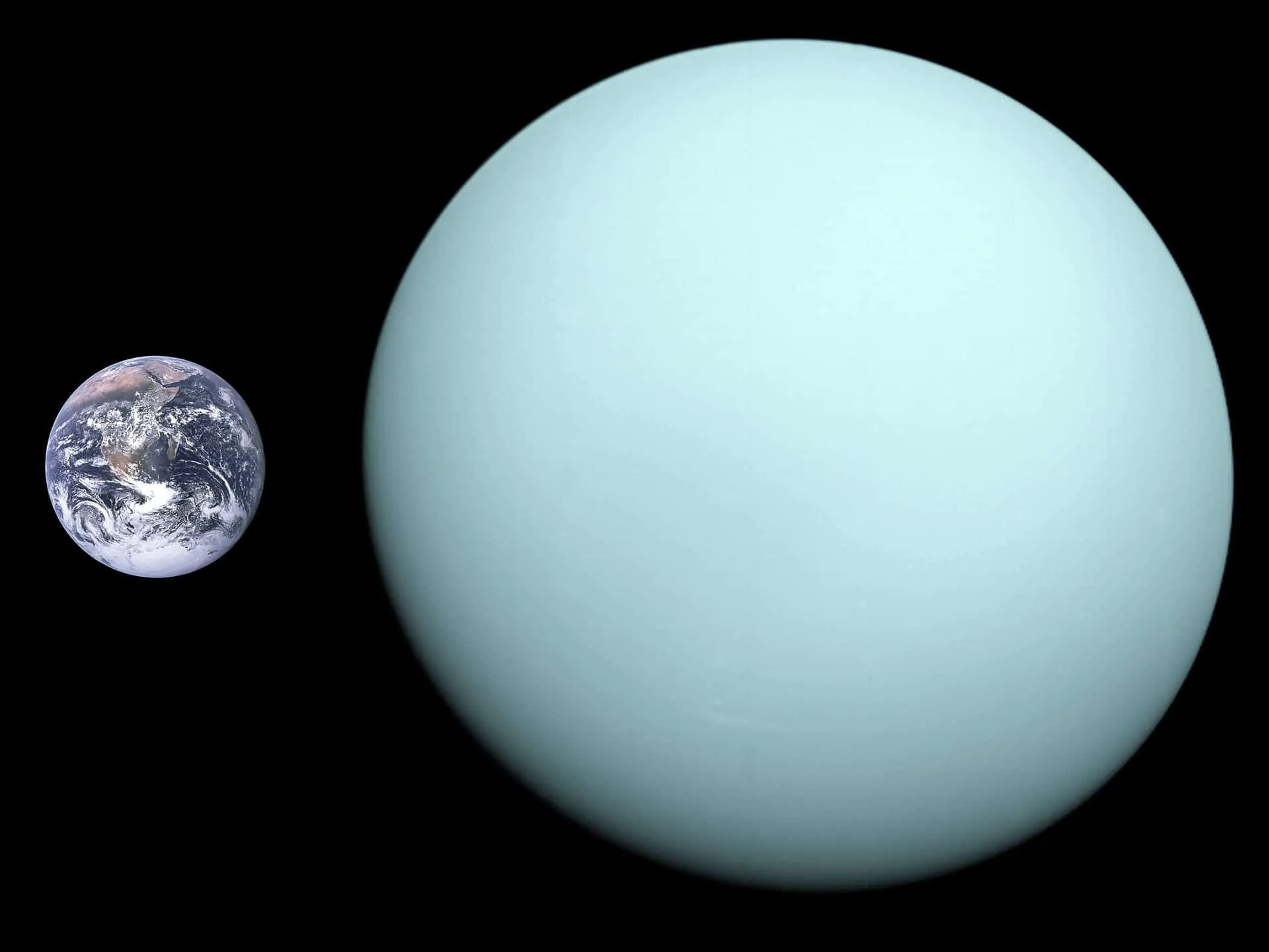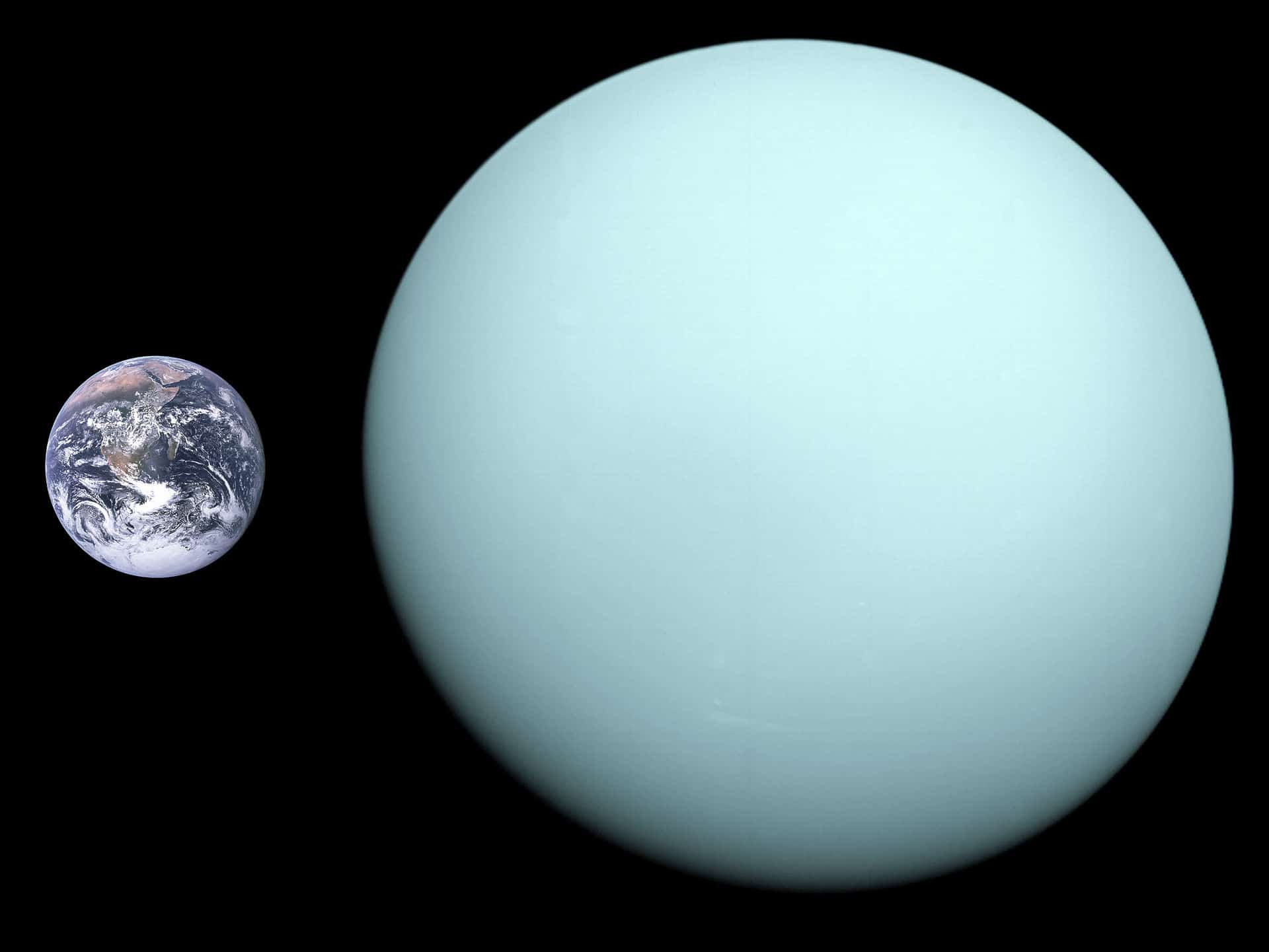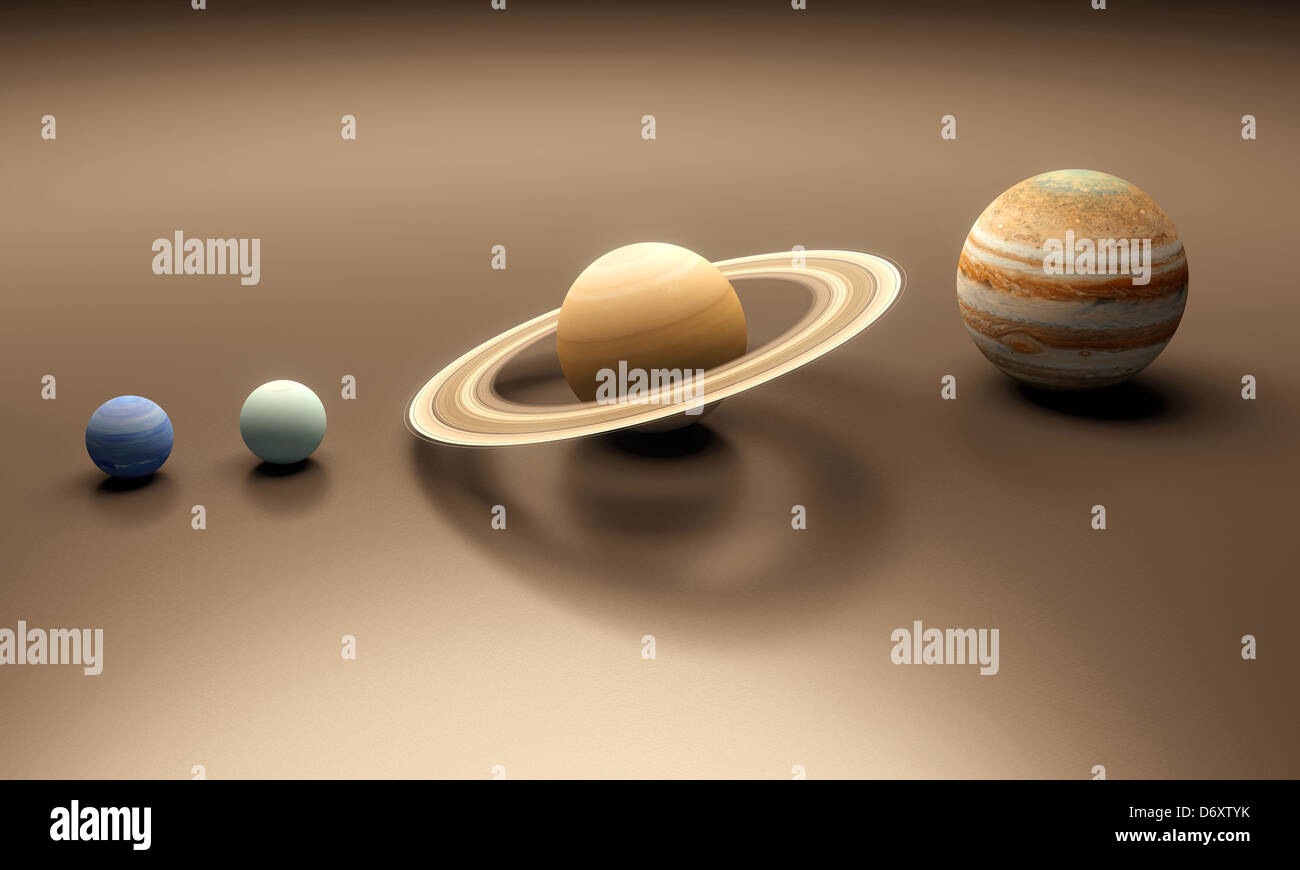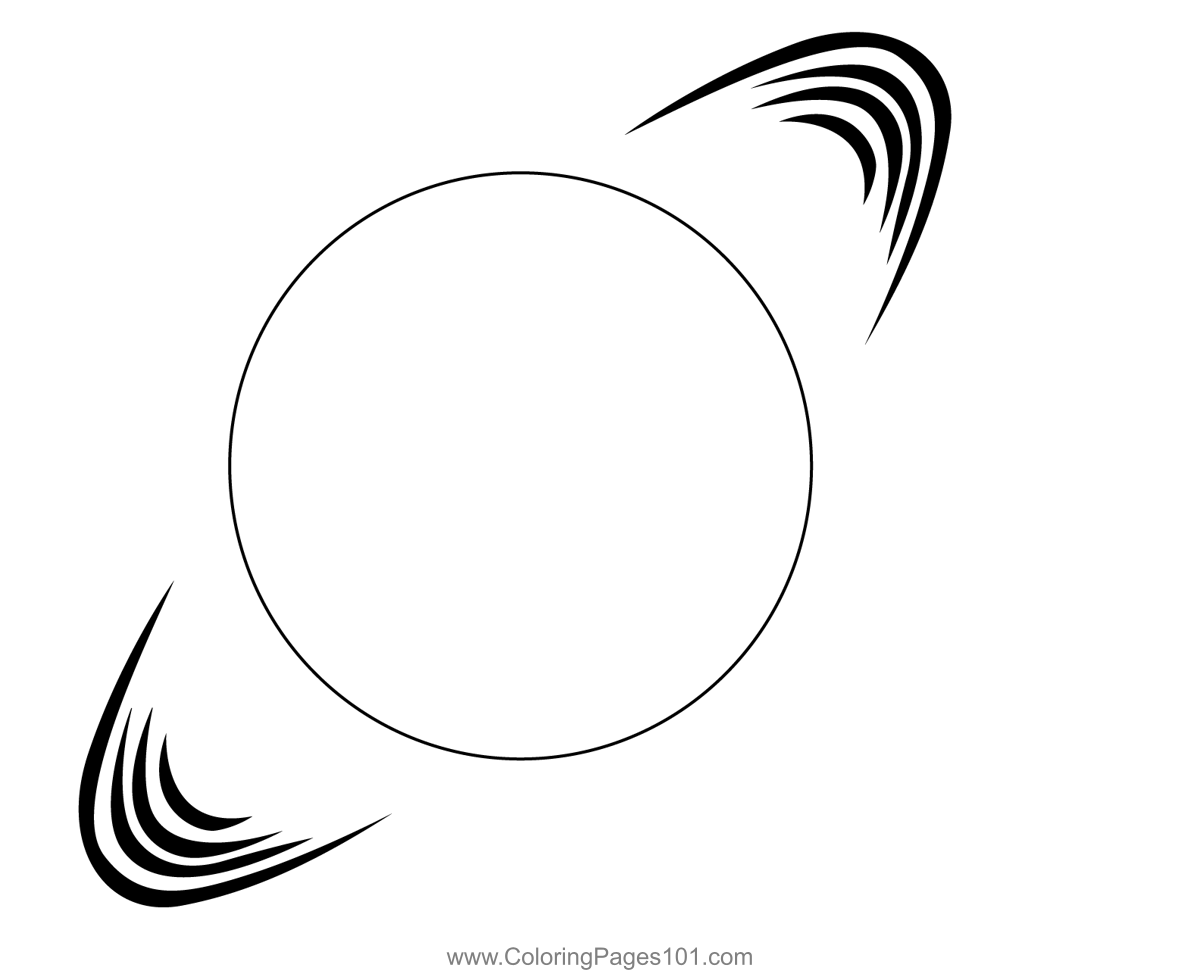Uranus Size Composision Printable Planets Overview Uranus ON THIS PAGE Introduction Size and Distance Orbit and Rotation Formation Structure Surface Atmosphere Potential for Life Moons Rings Magnetosphere IntroductionThe seventh planet from the Sun with the third largest diameter in our solar system Uranus is very cold and windy
Describe the basic physical characteristics general appearance and rotation of the giant planets Describe the composition and structure of Jupiter Saturn Uranus and Neptune Compare and contrast the internal heat sources of the giant planets Describe the discovery and characteristics of the giant planets magnetic fields Uranus seventh planet in distance from the Sun and the least massive of the solar system s four giant or Jovian planets Uranus has more than two dozen moons five of which Umbriel Miranda Ariel Titania and Oberon are relatively large and a system of narrow rings
Uranus Size Composision Printable Planets
 Uranus Size Composision Printable Planets
Uranus Size Composision Printable Planets
https://facts.net/wp-content/uploads/2020/10/Uranus-Earth-Size-Comparison.jpg
Saturn Neptune Pluto Uranus the third largest planet in our solar system may be the strangest because it spins on its side That severe tilt to its rotational axis may result from a great collision long ago As the seventh planet from the Sun Uranus takes 84 years to complete an orbit It is a gas giant with no solid surface
Pre-crafted templates provide a time-saving solution for producing a diverse variety of documents and files. These pre-designed formats and designs can be utilized for different personal and professional tasks, including resumes, invitations, leaflets, newsletters, reports, presentations, and more, simplifying the content development process.
Uranus Size Composision Printable Planets

Layers Of Uranus Size Comparison 3D 4K 60FPS Uranus Comparison

Uranus Facts For Kids Rotation Information Summary History

Uranus Printable

Gorilla Coloring Sheet

The Size Of The Earth Compared To Other Objects In Space Ray Fowler

Space Hogwarts Library Hogwarts Is Here

https://science.nasa.gov/resource/solar-system-sizes
Saturn 36 184mi 58 232km radius 9x larger than Earth Uranus 15 759mi 25 362km radius 4x Earth s size Neptune 15 299mi 24 622km radius only slightly smaller than Uranus This illustration shows the approximate sizes of the planets relative to each other

https://nssdc.gsfc.nasa.gov/planetary/factsheet/uranusfact.html
Uranus Earth Ratio Uranus Earth Mass 10 24 kg 86 811 5 9722 14 54 Volume 10 10 km 3 6 833 108 321 63 08 Equatorial radius 1 bar level km 25 559 6 378 1 4 007 Polar radius 1 bar level km 24 973 6 356 8 3 929 Volumetric mean radius km 25 362 6 371 0 3 981 Ellipticity Flattening 0 02293 0 00335 6 84 Mean
https://openstax.org//pages/7-2-composition-and-structure-of-planets
The two largest planets Jupiter and Saturn have nearly the same chemical makeup as the Sun they are composed primarily of the two elements hydrogen and helium with 75 of their mass being hydrogen and 25 helium On Earth both hydrogen and helium are gases so Jupiter and Saturn are sometimes called gas planets But this name is misleading

https://spaceplace.nasa.gov/all-about-uranus/en
Structure and Surface Uranus is surrounded by a set of 13 rings Uranus is an ice giant instead of a gas giant It is mostly made of flowing icy materials above a solid core Uranus has a thick atmosphere made of methane hydrogen and helium Uranus is the only planet that spins on its side

https://science.nasa.gov/uranus
Planet Uranus Overview Uranus is very cold and windy It is surrounded by faint rings and more than two dozen small moons as it rotates at a nearly 90 degree angle from the plane of its orbit This unique tilt makes Uranus appear to spin on its side Uranus is blue green in color due to large
The planet Uranus was so hard to find in part because it is a whopping 1 8 billion miles away But it is actually the third largest planet in our solar system and is roughly four times wider than A frigid core While most planets have rocky molten cores the center of Uranus is thought to contain icy materials The liquid core makes up 80 percent of the mass of the planet mostly
The seventh planet from the sun Uranus is the larger of the ice giants The blue body contains an icy atmosphere that like Neptune differs dramatically from the other large planets